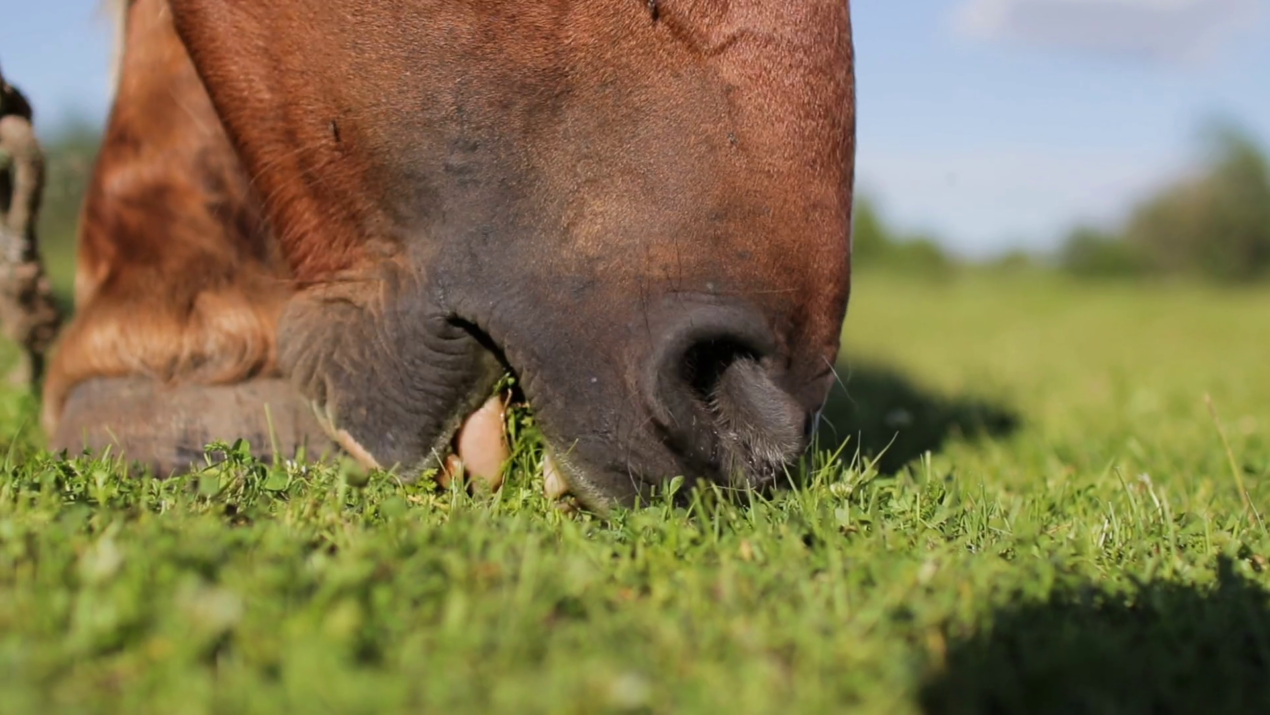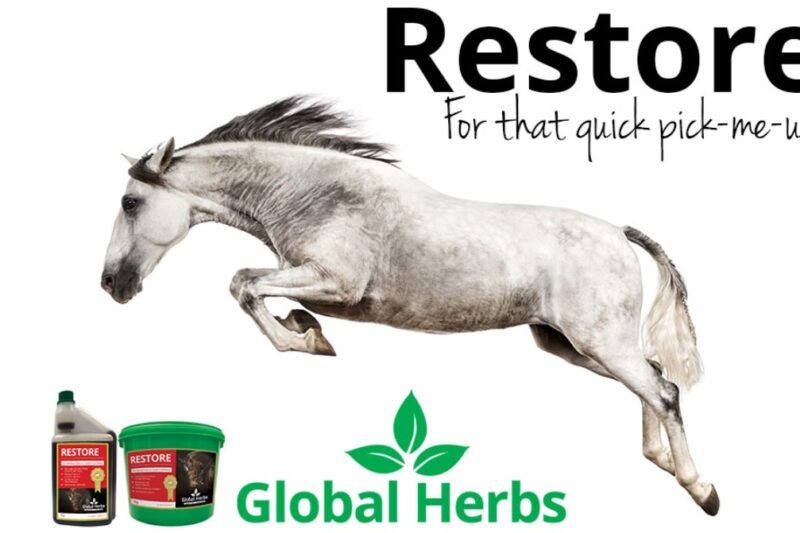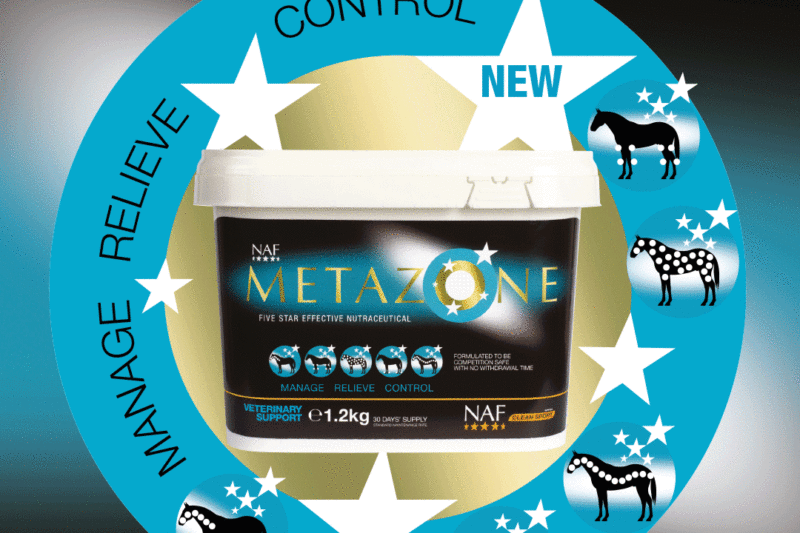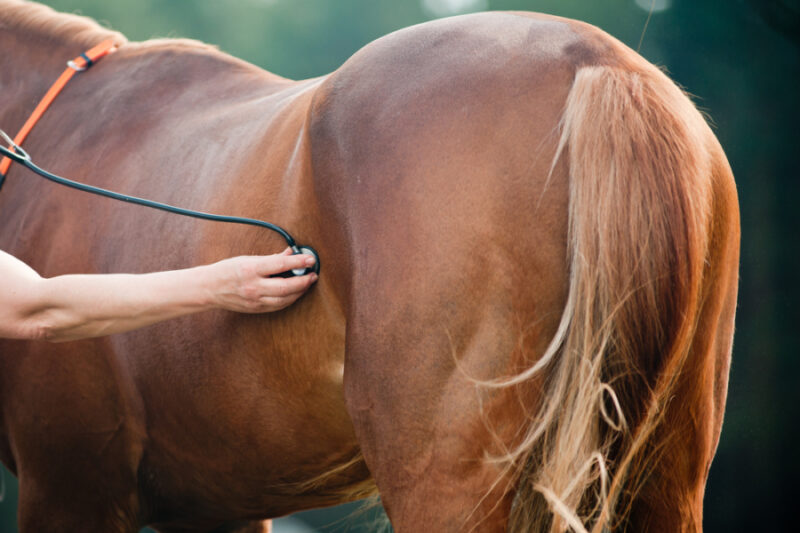We are having some unusual February weather

at the moment…milder temperatures combined with a higher moisture content

is encouraging the spring grass

to begin to sprout earlier…this could mean spring laminitis watch has arrived early!
Laminitis is quite simply inflammation of the laminae; delicate structures between the hoof wall and the internal bony structures of the hoof and can be classified as one of three types: Overload, Inflammatory and Metabolic.

Overload laminitis is relatively uncommon and is because of injury or trauma to one leg, resulting in overloading of weight onto another.

Inflammatory Laminitis is the most common, caused by hindgut disruption due to excessive starch intake, be that from concentrate feeding or lush grazing.

Metabolic laminitis is linked to PPID and EMS, and related to a lack of control over the carbohydrate metabolism of the body.
Varying causes mean that there is the need to treat each case individually, however the effects of inflamed laminae are the same. They suffer reduced blood flow, starving the area of oxygen, which can result in necrosis of the area. Because the pedal bone relies on integrity of the laminae to prevent rotation, this is why we sometimes see rotation and even founder.
Acute cases of laminitis have a rapid onset and is frequently related to overload of starchy carbohydrates.
Chronic cases are more often linked to metabolic issues and can be almost constant relapses. This shows as growth rings on the horse’s hooves, and they will require careful management and potentially medicating to help reduce pain and underlying metabolic causes.
ANY horse or pony can suffer, and diet is very important in supporting the prevention of laminitis, avoiding starchy foods in favour of high fibre will help.
Restricting grazing can result in dietary imbalance so work with your vet to ensure a happy medium, and the use of supplementary products can also prove beneficial to overall gut and hoof health.
If you horse has been struck with Laminitis, or you are looking to offer some nutritional support alongside a revised management and diet plan (HIGH fibre, LOW starch) to reduce the risk of your horse getting it, some useful things to look for in supplements ingredients lists include:

Magnesium – plays a key role in helping to support a normal antioxidant and inflammatory response.

Boswellia – anti-inflammatory

Rapseed Oil – High in Omega 3 which has anti-inflammatory properties, and can play a role in maintaining good gut health.

Omicha Berries – antioxidant and can act as a digestive aid

MSM – component of most glycosaminoglycans, cartilage and other connective tissues. Also provides a bio-available source of sulphur to support and strengthen the bonds between the hoof tubules. It also helps to support a normal inflammatory response.

Horseardish – beneficial to circulation

Cinnamon – natural source of chromium which can help with maintaining blood glucose levels in insulin-resistant horses and ponies.

Melon Pulp – natural source of key antioxidant enzymes.

Folic Acid – plays a key role in nitric oxide generation, which is important for vasodilation – helping to keep blood vessels open in the feet.

Biotin – supports high-quality horn growth from the coronary band to the base of the hoof wall.

Zinc – key mineral in the production and maintenance of healthy hoof horn.

Pre/pro/post biotics help to support the gut microbiome, which is fundamental to overall health and may be disrupted in horses and ponies prone to laminitis.

Antioxidants Vitamin E, Rosehip and grapeseed extract help to neutralise damaging free radicals and support the immune system.



